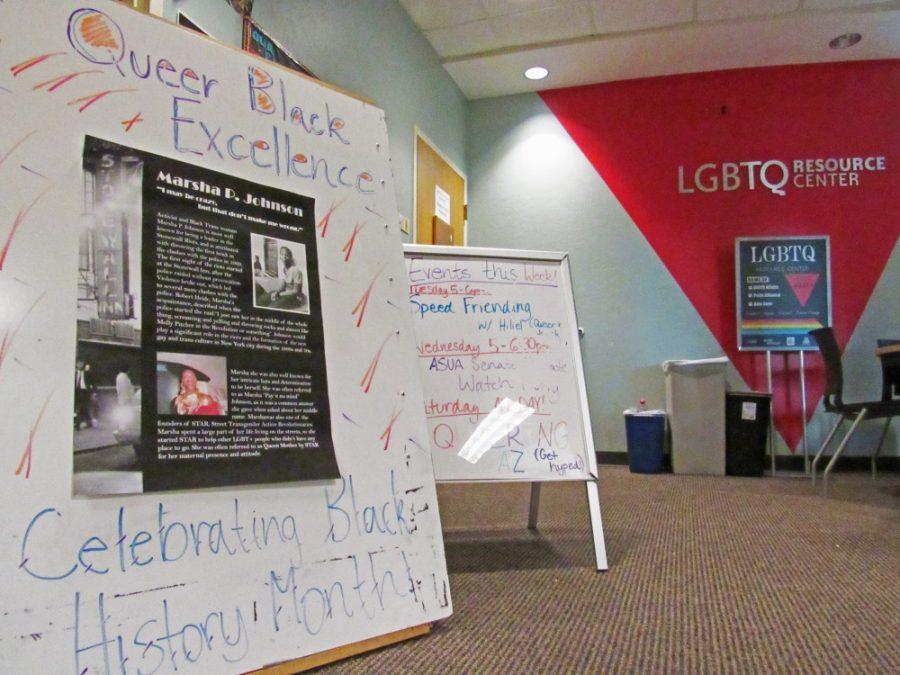Since their establishment, the UA LGBTQ Resource Center has noted their lack of space, limiting the center’s ability to hold programs and have enough room for all their members.
Established in 2013, the center inside the Student Union Memorial Center allows a safe space and closed door for UA students and community members..
Jen Hoefle Olson, director of LGBTQ Affairs, said the need for more space has been advocated for a long time.
“We have been in existence for nearly 10 years, but in terms of having the center it’s the fourth year,” Olson said. “We have students working against every edge in this center.”
RELATED: SAGA event educates community on transgender issues and perspective
The center is home to the Office of LGBTQ Affairs, Safe Zone and ASUA Pride Alliance and serves as a space for these organizations to hold talks and events for LGBTQ students.
“When there’s a lot of students in here, we have them sitting on the floor very close to each other.” Olson said. “There’s not quite adequate space to serve the student traffic.”
An annual report for the 2015-2016 academic year shows a total of 2,503 students visited the center and a total of 317 walk-ins visited staff.
“Initially of course we were happy to have a space with a closed door, but pretty much right away it became clear that we can only fit so many people in here,” said Jacob Winkelman, director of Pride Alliance. “We just cannot hold programs in our space that are bigger than 15 people basically.”

He also says the center isn’t very accessible for disabled students.
“An even more important reason is that our space is not that accessible to the students who use wheelchairs,” Winkelman said. “It is acceptable for ADA rules but we have heard from students they feel they take up too much space in wheelchairs.”
The center serves as a welcoming place for students in the LGBTQ community to connect with one another. Ryan Valdez, a literacy learning and leadership sophomore, grew up in South Texas, where he says he felt cut off from the LGBTQ community.
”I come in here mostly for a community building kind of thing, to meet people who are within the queer the community, and it’s a safe space to come, ” Valdez said. “I think you have to talk about lack of space in combination with the out-of-the-way location.”
RELATED: Diva La Paz celebrates LGBTQ community
Valdez said it took a representative from the center to lead him to the right place his first semester because he felt the resource center was out of view and difficult to reach. He thinks there are other challenges facing the center that, if addressed, would help the center better serve students.
“Expansion of space would be the biggest one, maybe another location with more resources or increased funding so we can afford the means to get more chairs and tables and the space to put those,” Valdez said.
Olson said she knows the issue is on the administration’s radar. She said their needs were reflected in a demand letter the Marginalized Students of the University of Arizona put forth about a year ago, and in the Diversity Task Force’s reports and recommendations to the president and upper administration.
“I know that space is limited,” Olson said. “I think as space becomes available, knowing that there’s a need among our student population, that we be considered for more square footage.”
Follow Angela Martinez on Twitter.








